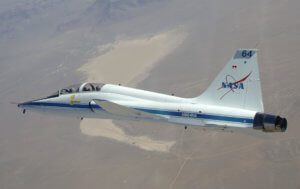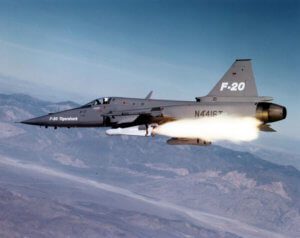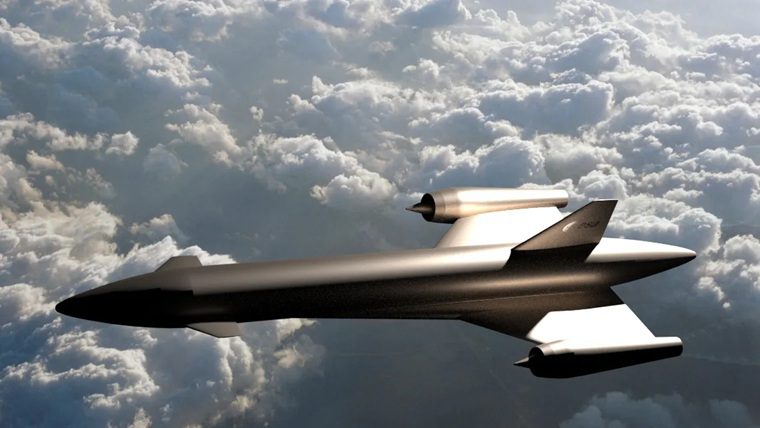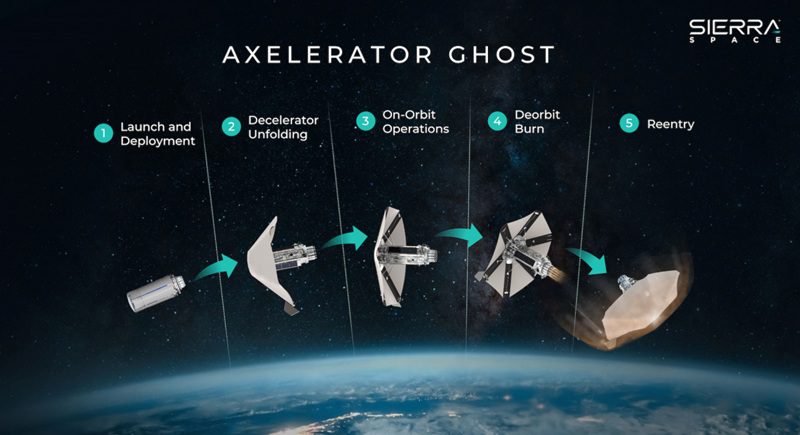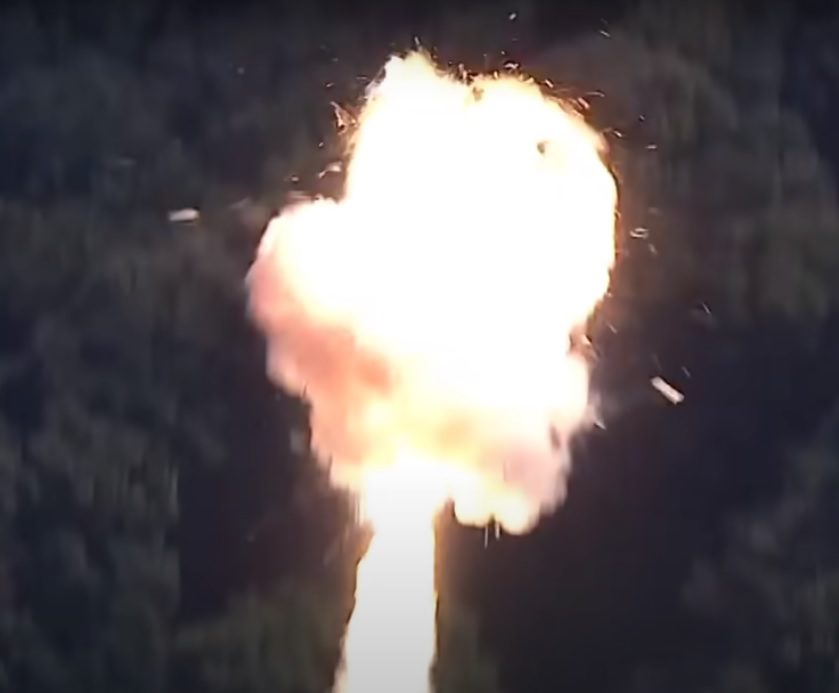It was again the case of “always the bridesmaid but never the bride” for the US aerospace giant Northrop Grumman Corporation, as during March, the firm, along with its team partner BAE Systems (formerly British Aerospace), formally withdrew its entry for the US Air Force T-X trainer competition. This leaves its rivals Boeing (with Saab) and Lockheed Martin (with Korean Aerospace Industries) to compete their designs for the US$16 billion contract. The exact reason for its team’s withdrawal has not been disclosed by Northrop-Grumman, save to note that it was not in the interests of its shareholders to compete.
NASA astronauts have traditionally kept their piloting hand in by flying around in NASA’s own T-38 Talon training jet fleet. The T-38 jet was originally built by Northrop in the early 1960s as a supersonic trainer offshoot of the F-5 export fighter jet programme. However, after nearly 60 years in operation, the design is coming to the end of its life, and the US Air Force (and, indirectly, NASA) is thus looking for a replacement via the T-X competition.
Northrop Grumman’s team partner BAE Systems will be disappointed by the withdrawal from the T-X competition. It joined up with Northrop Grumman with an original plan to offer the ageing but otherwise well-rated Hawk T-2 trainer. However, this fell by the wayside at an earlier stage due to its failure to achieve the T-X programme’s requirement to make fast sustained 7.5g turns, which the subsonic Hawk was not powerful enough to do. Later the team offered a specially devised new T-X design but this has now been dropped as well.
In failing to “make the cut” for the T-X programme, Northrop Grumman (and its Northrop predecessor) has again added to its reputation for building excellent contenders for military fighters and training jets, but ones which are never actually selected for production. Notable Northrop Grumman past selection failures include the excellent F-23 stealth fighter design which lost out to the slower but more manoeuvrable F-22 Raptor stealth fighter built by Lockheed Martin.
Likewise, prior to that competition, in the 1980s Lockheed Martin’s F-16 family held off a strong challenge by the F-5/T-38 derived Mach 2-capable F-20A Tigershark, for US National Guard and US Air Force Aggressor/US Navy Top Gun training jet contracts. It was an apparent keenness by elements within the US Air Force to keep the unit cost of its own F-16 block buys down, which led to Lockheed Martin (and its General Dynamics predecessor) getting even more F-16 orders and the F-20 being left out altogether. Without this US Department of Defense order as a “stamp of approval”, potential foreign clients were put off, and the expected multiple follow on export contracts failed to arrive.
Taiwan looked the most likely to place a major order but political issues with China scuppered the deal (forcing Taiwan to develop its indigenous F-CK-1 Ching-kuo fighter instead). In the end, like the later F-23, the potentially excellent F-20A was cancelled with no major US or foreign orders on its books (a small four aircraft order from Bahrain was subsequently cancelled).
The F-20A is now regarded as one of the “best fighters never built” especially given Northrop’s plans for a larger wing to further improve the F-20A’s turning ability and payload/range (the only major parts of the competition in which the F-16 just beat it).
Interestingly, some modern low cost fighter designs have obviously drawn their inspiration from the F-20A, including the Pakistan/Chinese YF-17/FC-1 Thunder and the South Korean TA-50 Golden Eagle which is the basis of Lockheed Martin’s team bid for the T-X contract (see below). While these are not “radar invisible” stealthy designs, “fifth generation fighter” stealth technology is not the panacea it once was. For while stealthy aircraft can still beat modern fighter radars, it was discovered that large ground-based long wave radar systems can still “see” them, as can infra-red tracking systems.
All is not lost for Northrop Grumman. It is still in the military aircraft business, holding a multi-billion dollar contract to build the B-2-derived B-21 US strategic stealth bomber. The corporation has also managed to stay, at least nominally, in the stealth fighter arena as it became part of the Lockheed Martin-led F-35 Joint Strike Fighter (JSF) team after being defeated with its own JSF bid. However the firm has yet to win a recent major fighter competition as a team leader.
Perhaps Northrop Grumman is keeping its powder dry for another day. It is known to be working on its design for a sixth-generation fighter jet for the F-X and F/A-XX competitions to replace the US Air Force’s F-15 fleet and the US Navy’s F-18E/F respectively. The original F/A-18, by the way, was originally designed (via its smaller YF-17 prototype) by Northrop. Its design was “picked out of the trash can” by the US Navy after, you guessed it, it lost against the F-16 in a US Air Force selection competition. Somewhat foolishly Northrop let McDonnell Douglas (now Boeing) become the lead for the successful F/A-18 aircraft’s production.
But that is all the past. The problem for Northrop Grumman’s is that as it plans its future, if its past form continues, it will, after a creditable candidature, come second in these new fighter programme competitions as well. Well – assuming it does not withdraw from these beforehand.

